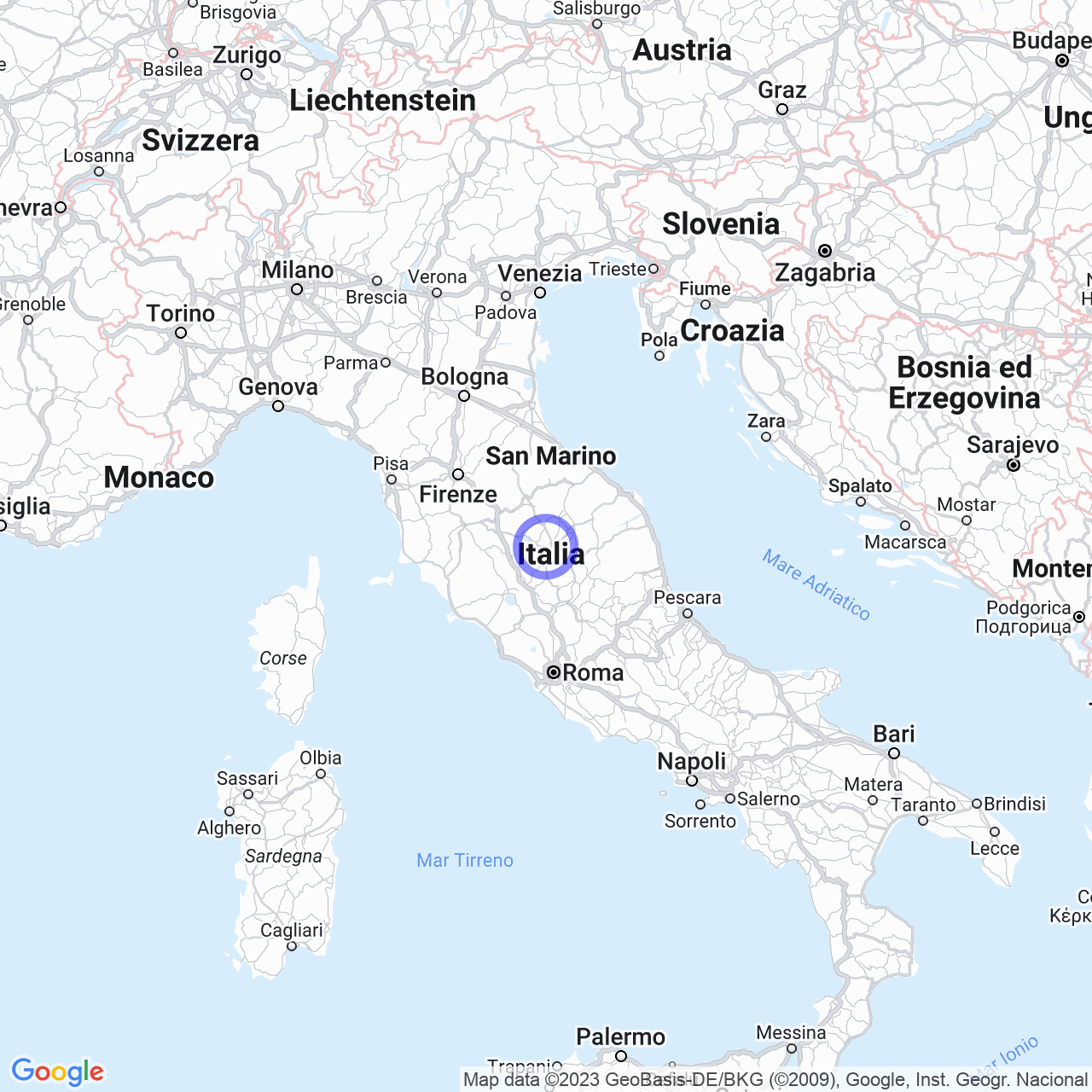San Martino In Campo
Welcome to San Martino in Campo!
Hello everyone! Today I will talk to you about San Martino in Campo, a hamlet of the municipality of Perugia, in the Umbria region.
History
One of the first things that catches the eye is its history. In fact, this area was colonized by the Umbrians, the Etruscans, and also by the Roman civilization. There is also an interesting theory about the name of the village. It is supposed that during the Roman era, a camp of soldiers was organized, called ''Campo di Marte'', from which the current name derives. Later, the village was dedicated to San Martino, in the fifth century. In addition, I want to highlight the Castle of San Martino, dating back to the 14th century, which has a quadrangular plan and four corner towers. Currently, some vestiges remain, incorporated into the structure of the parish church and some private houses.

Economy
San Martino in Campo underwent an economic transformation during the 20th century. In fact, agriculture was replaced, in the mid-century, by small and medium-sized industries. At that time, there were two main industries: the Drommi canning factory and the Valigi feed and livestock company, both now dismantled. Currently, one of the main companies in the area is involved in the production of chicken eggs and distributes them throughout Central Italy. In the 1980s, the tertiary sector became the most developed.
Monuments and Artistic Places
If you find yourself in San Martino in Campo, you cannot miss its monuments and artistic places. One of the most interesting is the Church of the Madonnuccia ''Ciribifera'', dating back to the 13th-14th century. Inside, you can see frescoes attributed to Andrea d'Assisi, called "l'Ingegno", a pupil of Perugino. In addition, I point out the Chapel of the Company of Death, dating back to the 17th century, and the Oratory of "Corradini", a small chapel located near the Tiber river. Let's not forget the Villa Donini, built in the 18th century by the powerful Donini Counts family. This villa was their country residence and was built in a pre-neoclassical style. The external park is surrounded by the original wall and contains secular trees. In this villa, you can admire the canvases and frescoes of the painters Giuli and Appiani, dating back to the 18th century. Finally, I point out the Palazzetto di caccia of the Donini Counts, built in 1760 with bricks, with 6 central pillars, and cross-vaults on the ground and first floors. At the time of its construction, with its almost 16 m height, it was one of the tallest buildings on the south outskirts of Perugia.
Conclusion
And so, our tour of San Martino in Campo comes to an end! This village is a perfect mix of history, art, and culture. What are you waiting for to visit it? You won't regret it!
